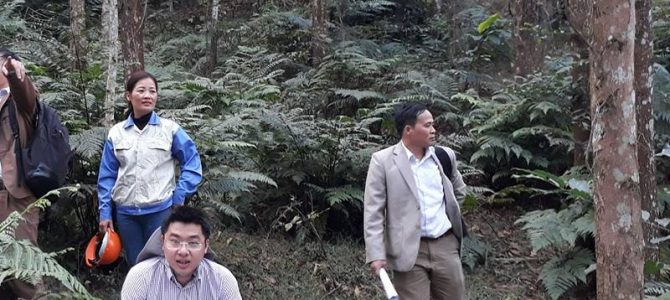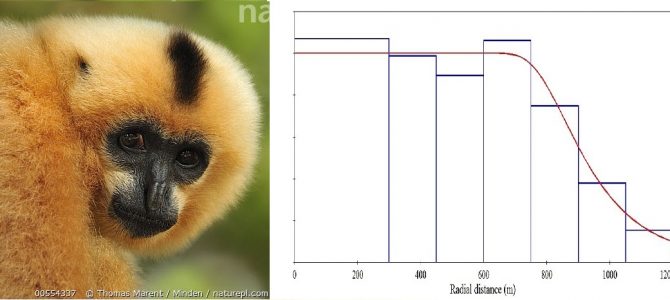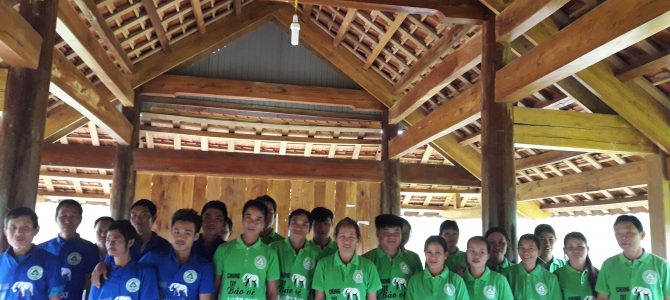Scientists from IBF participated in evaluation of FSC for small households in Chiem Hoa Districts, Tuyen Quang Province and Vi Xuyen Distric, Ha Giang Province. These are ones of the earlist groups of household to recieve FSC in northern Vietnam.



Scientists from IBF participated in evaluation of FSC for small households in Chiem Hoa Districts, Tuyen Quang Province and Vi Xuyen Distric, Ha Giang Province. These are ones of the earlist groups of household to recieve FSC in northern Vietnam.

This is a consultancy activity offered by UNDP. The selection of silviculture practices to recover degraded natural forest ecosystems is becoming increasingly important in biosphere reserves. Restoring degraded ecosystems will help to enhance the environmental service values of the forests.…

Abstract Population monitoring is very important in wildlife management and conservation. All 18 species of gibbons are considered threatened with extinction and listed on the IUCN Red List of Threatened Species. Thus, understanding and effectively monitoring their population trends and…

Abstract All 18 species of gibbons are considered threatened with extinction and listed on the IUCN Red List of Threatened Species. Because gibbons (Hylobatidae) are one of the most threatened primate families, a great need exists to determine and monitor…
https://www.sciencedaily.com/releases/2019/04/190429154554.htm

We have identified the general distribution and movement of elephant population in Pu Mat National Park. The population has 7-8 animals (two sub-population), mainly living in the south and central parts of the park. Sub-population 1 has 6-7 animals, mainly…